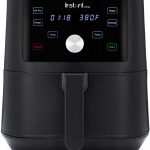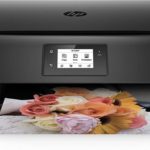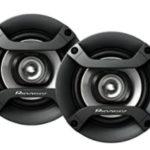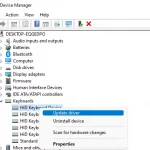When it comes to home security, there are a lot of different options to choose from. One of the most popular choices is home security cameras. But with so many different types of home security cameras on the market, it can be tough to decide which one is right for you. In this blog post, we will take a look at some types of home security cameras available and what each one offers.
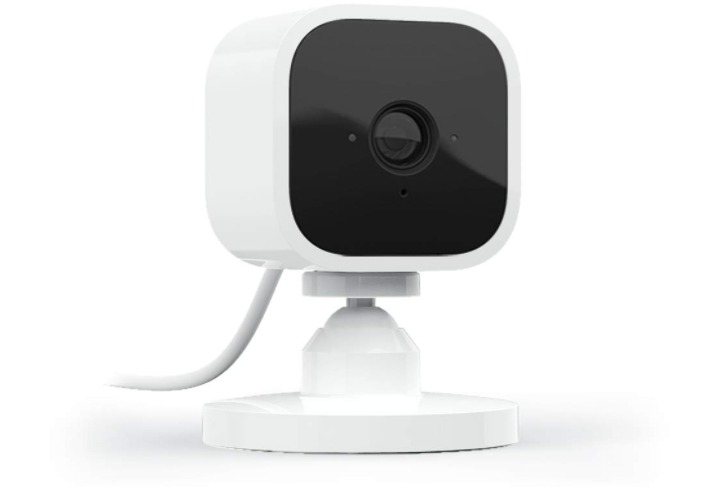
Table of Contents
Types of Home Security Cameras
- Wired camera: A wired camera is connected to your home’s electrical system. This type of camera is typically more reliable than a wireless camera, as it is less likely to lose connection. They also tend to be more tamper-resistant than wireless cameras, as they’re more difficult to disable. However, wired cameras do require professional installation, and they can be costly to upgrade or repair.
- Wireless camera: A wireless camera is a camera that doesn’t need to be connected to your home’s electrical system. This type of camera is often more portable than a wired camera, as it doesn’t require any special wiring. Wireless cameras rely on batteries, which can run out of power quickly. In addition, wireless signals can be interfered with by other electronic devices.
- Indoor camera: Indoor cameras are a great choice for homeowners who want to keep an eye on their property when they’re away. These cameras are typically used to keep an eye on your kids or pets when you’re not home, but they can also be used to monitor activity in other parts of your home. Indoor cameras are typically small and unobtrusive, so they can be placed in a variety of locations. Some indoor cameras even come with built-in motion sensors that will trigger the camera to start recording when movement is detected. This can be a great way to catch burglars or other intruders in the act. Indoor cameras can be connected to your home security system, or they can be used as standalone devices.
- Outdoor camera: Outdoor cameras are a great way to keep an eye on your property when you’re not home, or to monitor your children and pets when they are outside. They can also be used to help deter crime, as they can provide footage of any potential intruders. Outdoor cameras come in a variety of shapes and sizes, so you can choose one that best suits your needs. You can also find ones that have night vision capabilities, so you can still see what’s going on even when it’s dark out.
- Bullet camera: Bullet cameras are a type of surveillance camera that is often used in both commercial and residential settings. As their name suggests, bullet cameras are typically small and cylindrical, making them easy to conceal. They can be mounted on walls or ceilings, and some models even come with their mounting brackets. Bullet cameras typically have a wide field of view and can be equipped with night vision capabilities, making them well-suited for Surveillance applications. In recent years, bullet cameras have become increasingly popular due to their relatively low cost and easy installation.
- Dome camera: Dome cameras are named for their unique shape – they have a rounded, dome-like casing that helps to protect the camera from damage. Dome cameras are typically used indoors, and they offer a wide range of features and benefits. One of the biggest advantages of a dome camera is that it can be placed in a corner, making it less noticeable than other types of surveillance cameras. Additionally, dome cameras are often equipped with infrared LEDs, which allow them to record clear footage even in low-light conditions.
- Floodlight camera: Floodlight cameras are a type of security camera that is often used in commercial and industrial settings. These cameras are designed to provide a wide field of view, and they are often equipped with powerful LEDs that can illuminate a large area. Floodlight cameras can be used to deter crime, as the bright lights will often discourage potential intruders. Additionally, these cameras can also be used to monitor activities in hard-to-see areas, such as dark parking lots or alleyways. While floodlight cameras can be an effective security measure, they can also be quite obtrusive, and some people may find them to be intrusive.
- Video doorbell: Video doorbells are a type of indoor camera that can be used to see and speak with people at your door. These devices usually consist of a camera, a speaker, and a microphone, and they can be connected to your doorbell or your home security system. Video doorbells can be a great way to increase your home security, as they allow you to see who is at your door before you open it. They can also be used to deter burglars, as they can provide evidence of attempted break-ins. In addition, video doorbells can be used to monitor visitors when you are not home, and they can even be used to grant access to delivery people or service providers.
- CCTV camera: One type of home security camera is the traditional CCTV system. These cameras are usually installed outside your home and they record footage of anyone who comes near your property. They are a great option for homes that are located in high-crime areas, as they can help to deter criminals from breaking into your home. CCTV cameras can also be helpful if you ever do have a break-in, as the footage can be used to identify the perpetrator. Another advantage of CCTV cameras is that they can act as a deterrent even when you’re not at home, as potential burglars will know that their actions are being recorded.
- Motion-activated camera: These cameras are designed to detect movement in the area they are monitoring, which makes them ideal for homes with pets or small children. If an intruder attempts to enter your home, the camera will be activated and will begin recording. This provides you with valuable evidence that can be used to identify and prosecute the intruder. In addition, the footage can also be used to help improve your home security system. By understanding how and why an intruder was able to enter your home, you can make changes that will help to prevent future break-ins.
- IP camera: IP cameras are a great option for business owners who need to keep an eye on their property from afar. These cameras connect to the internet and can be accessed from anywhere in the world. This makes them a great option for business owners who need to keep an eye on their property from afar. IP cameras also have the advantage of being able to record footage and send alerts if there is movement. There are some disadvantages to using IP cameras, such as the potential for hackers to gain access to the camera feed.
Conclusion
There are many different types of home security cameras available on the market. It can be tough to decide which one is right for you. In this blog post, we have taken a look at the different types of home security cameras available and what each one offers. Hopefully, this information will help you choose the right camera for your needs.
